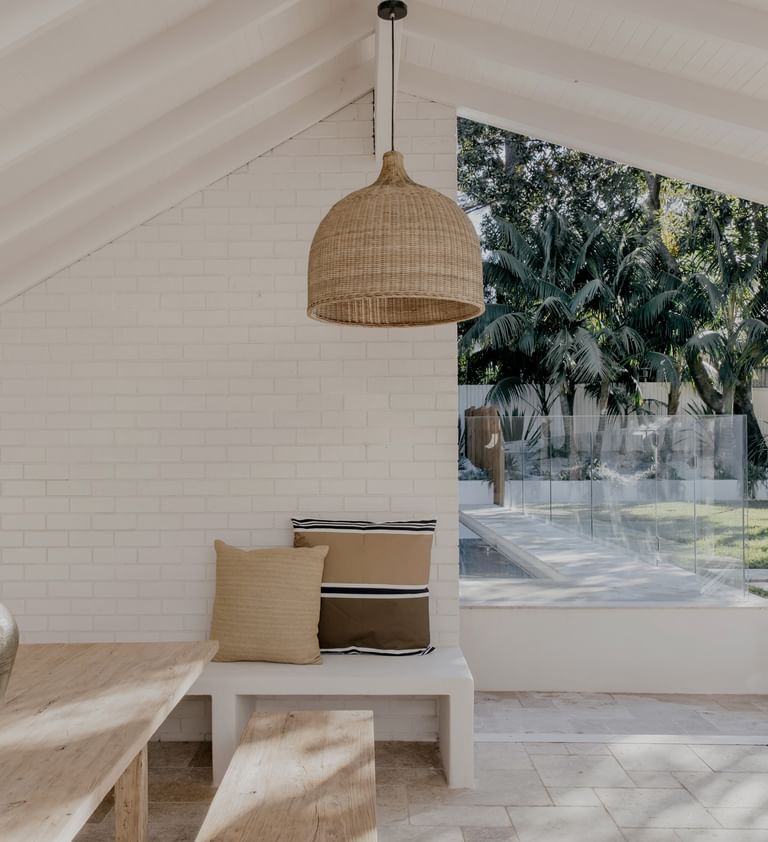
Price movements
In recent months, Australian house and unit prices have maintained an upward trajectory, growing by 1.3 per cent and 0.8 per cent, respectively. The persistently low supply of available properties, coupled with tight listings, has grown competition, resulting in elevated property values across both metropolitan and regional markets nationwide.
Despite the recent uptick in inflation, discussions around interest rate reductions have been put on hold. Nevertheless, this continued price momentum is expected to characterise the Australian housing market throughout much of this year. House prices have surged by 10.3 per cent annually, reaching a current median of $873,371, while unit prices have grown by 7.8 per cent over the year, with a national median of $649,774.


In the past month, all property markets have witnessed appreciation in value, with the most significant growth originating from historically volatile markets. Leading the pack is Perth, with its demand-supply imbalance likely to fuel continued growth in the short to medium term. Prices surged by 2.5 per cent last month, resulting in an impressive annual change of 23.9 per cent, the median home price of $799,648 has posed affordability challenges, a trend mirrored in Adelaide (now at $806,831), which also maintains robust growth at 1.3 per cent this month.
Population gains have buoyed growth in Brisbane, contributing to a 1.3 per cent increase this month. The annual growth rate stands at 12.8 per cent, with the median price reaching $923,383. Notably, Darwin experienced substantial growth, rising by 1.4 per cent this month, while Sydney and Melbourne have shown more subdued growth levels however remain integral players in the Australian property landscape as the housing market continues to evolve.


Over the last month, the capital city unit market has exhibited consistent trends, with all markets experiencing monthly value growth. Leading the way is Perth, where median property values have risen by 1.9 per cent this month, reaching $511,181. Adelaide and Brisbane closely follow, each recording a 1.2 per cent increase, while Darwin’s values have grown by 1.1 per cent.
In contrast, Sydney and Melbourne have seen minimal fluctuations in property values during this period. Melbourne’s values edged up by just 0.3 per cent, reaching $620,933, while Sydney improved by 0.6 per cent to $871,316.
Over the past 12 months, Perth, Brisbane, and Adelaide have witnessed substantial median price growth, exceeding 13 per cent, raising affordability concerns. Melbourne, although consistently improving, has seen more modest value changes, rising by 3.1 per cent over the last year, now the third most expensive city for units, trailing behind Sydney and Canberra.


The Australian regional property markets have experienced robust growth this month, mirroring trends observed in metropolitan areas. Notably, Western Australia and South Australia, attracting both occupiers and investors seeking affordable opportunities. Prices in these regions surged by 2.2 per cent and 1.8 per cent, respectively, maintaining strong momentum throughout the year with annual changes exceeding 15 per cent.
Queensland, with impressive growth of 1.8 per cent this month (or 14.3 per cent over the year), remains the second most expensive regional market for property purchases. The median price stands at $672,784, trailing behind New South Wales at $742,125 (which saw 1.1 per cent monthly growth). Meanwhile, smaller markets in the Northern Territory and Tasmania continue to deliver outstanding results, rising by 1.4 per cent and 1.1 per cent, respectively, this month. In contrast, Victorian growth lags behind, with a modest 0.8 per cent increase (or 4.2 per cent over the year), resulting in a median price of $587,478.


In regional markets, both houses and units are moving in harmony. South Australia and Western Australia have surged by two per cent, translating to remarkable annual growth rates of 17.9 per cent and 17 per cent, respectively. The allure of affordable unit assets in these regions appeals to a diverse range of buyers, including owner-occupiers, first-time buyers, and investors.
Meanwhile, regional Queensland boasts robust pricing, with a median of $567,832. This month, it has seen a healthy 1.5 per cent growth. However, New South Wales and Victoria continue to lag behind other states. Their monthly improvements stand at 0.8 per cent and 0.6 per cent, respectively, while their annual changes remain the most modest.


Listings Activity
Updated results for April have shown listing numbers rebound, surpassing both the 2023 and 2022 figures. However, our preliminary May data indicates some compression. Despite this reduction, listing numbers still outpace the 2023 results, even as vendors exhibit hesitancy in committing to putting their property on the market.
The sentiment around interest rates has deteriorated due to unexpectedly robust inflation results this month. Consequently, we anticipate a further dampening effect on listing levels as both buyers and sellers adopt a “wait and see” approach. This cautious stance is particularly pronounced given the robust price growth observed across the country.


Monthly listing numbers have seen some positive change across smaller markets, Canberra recording a monthly increase of 0.2 per cent and Darwin up 30.8 per cent. Annually, there has been a much needed positive change in listing numbers, across all capital cities this has grown by 6.7 per cent (despite a monthly decline) with markets such as Canberra, Melbourne and Brisbane all recording strong gains compared to 12 months ago.
Adelaide, Hobart and Perth all continue to suffer from a decline in listing numbers, over the month down 21.0, 20.0, 17.6 per cent respectively, while year on year change remains most difficult for Perth recording a 22 per cent decrease.


Regional markets have recorded a reduction in listings across all markets both monthly and annually. Victoria showcased the best annual results, just down 1.7 per cent followed by NSW recording a 3.4 per cent decline. Ongoing sales particularly for holiday homes keeping listings more elevated than other markets. Tasmania recorded the strongest monthly decline in listings, down 25.5 per cent with Western Australia showcasing its tightly held market with year on year change down 30.5 per cent.


Auction Insights
At the beginning of this year, clearance rates exhibited an upward trend, surpassing the rates observed in 2023 and approaching the elevated levels seen in 2022. However, in the past month, we have observed a decline in these rates. Specifically, the May results indicate a clearance rate of 69.9 per cent, down from 70.5 per cent in the previous month and sit below 2023 results.
Nationally, the outcomes do vary. Prime quality, affordable assets continue to achieve significantly higher clearance rates, reflecting the price pressures experienced in both the housing and unit markets.


Over the past 18 months, bidder numbers have consistently followed a similar pattern. On average, there are 4.6 registered bidders per auction, while active bidders typically average 2.9. These figures closely resemble last month’s results of 4.5 and 2.8, respectively.
For many prospective buyers, financing remains a significant consideration. Interest rate fluctuations serve as a critical catalyst, influencing their decision to commit to a property purchase. However, if the trajectory of price growth continues at its elevated rate, we may witness more buyers opting to secure properties early raising these rates.




The Ray White Group has maintained its robust performance since the beginning of the year, with the latest May results indicating a continued upward trend. Although there was a slight slowdown during the Easter period and the disruption caused by the misalignment of school holidays across all states, May has shown promising results with $8.1 billion in sales, representing an 18 per cent increase compared to May 2023.
This substantial year-over-year growth has been reflected in all states, with Western Australia, South Australia, and Victoria reaching new record highs this month. Despite minor declines in Queensland and New South Wales, their performance remains strong over a 12-month period. Additionally, an increase in commercial activity across the network is a positive sign, considering the challenges faced by this sector and the overall decrease in investment activity.







